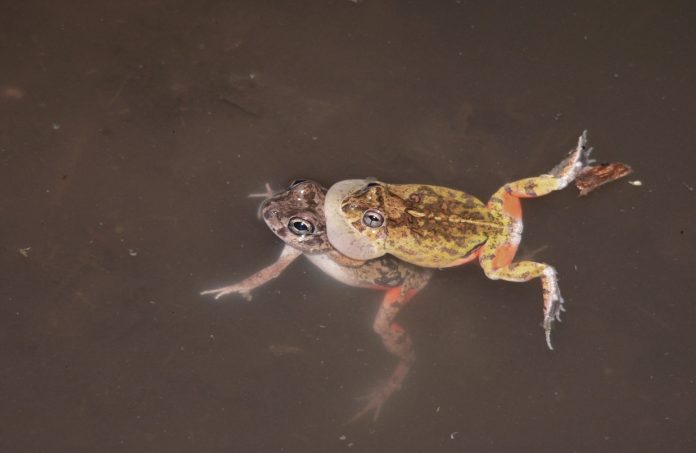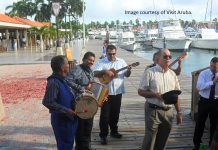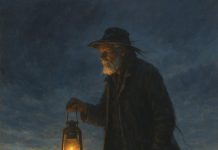Booking a magical glimpse inside Etnia Nativa
Article by Etnia Nativa call us 592 2702 and book your experience!
Etnia Nativa, Aruba’s unique native experience opportunity, where education meets entertainment, your chance to tour a beautiful property made with reused materials collected by its concept developer, top columnist, vocational archaeologist, and the island’s cultural expert. Book a mind-opening encounter and dive deep into the navel of the island.
During this weekly episode, Etnia Nativa introduces you to our native frog, locally known as “Dori”, which sounds like door-e and has been introduced as stowaways in Curaçao and Bonaire, when sand from Aruba was imported for construction purposes. Aruban Dori is classified by the scientific nomenclature as Pleurodema brachyops. A variety of this amphibian are found in Brazil, Guyana, Panama, Venezuela, Colombia and other South American countries, where they are known as “four-eyed frogs”.
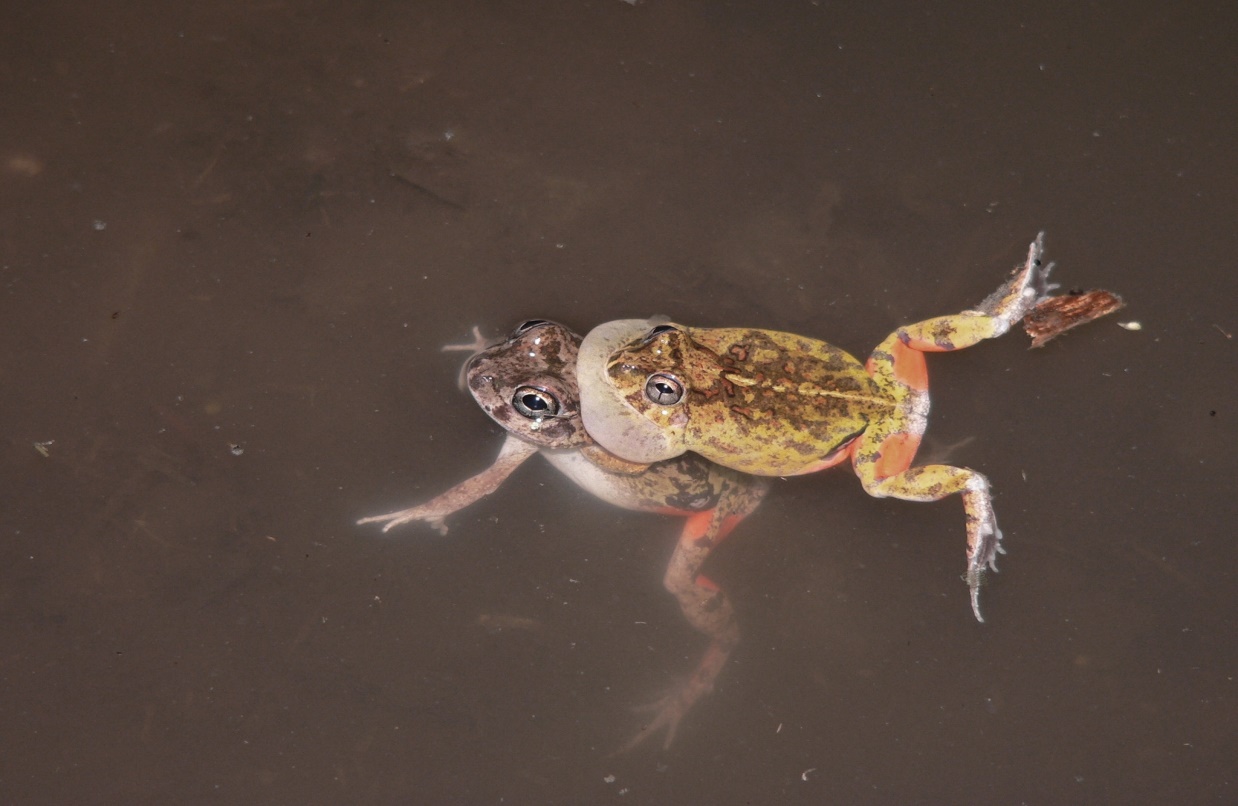
Dori is a species of frog from the Leptodactylidae family. This species was first scientifically described by Edward Drinker Cope in 1869. Originally, the scientific name was Lystris brachyops.
The size of this tiny frog is 49 mm in males and 51 mm in females. Ephemeral or permanent pools of fresh water are necessary for reproduction, but Dori’s can be found far from sources of a fresh water source. While warmth is important for this amphibian’s survival, fresh water is absolutely crucial. Unfortunately for our Dori, Aruba has a very dry season. During which they hibernate in the ground holes they dig when everything starts to dry up after the rainy season and will emerge again if there is heavy rain. Different cultures around the world associate frogs with fertility due to the large number of eggs they lay, which is related to the abundance of males offered.
When it rains and raindrops hit the ground, it produces waves similar to those produced by drumsticks on the membrane of a drum. Sending a message into the inner ear of these amphibians, in general, there is a kind of “seismic detector” that warns them of the impact of the precipitation on the ground. This low-frequency wave phenomenon, which is inaudible to humans, wakes up the sleeping Dori announcing the water feast that has started upstairs.
Scientific studies have shown that the hearing of toads and frogs detects low-frequency vibrations transmitted by the ground, in particular, those caused by raindrops. This explains why they quickly hide when they detect our presence, as they detect our footsteps.
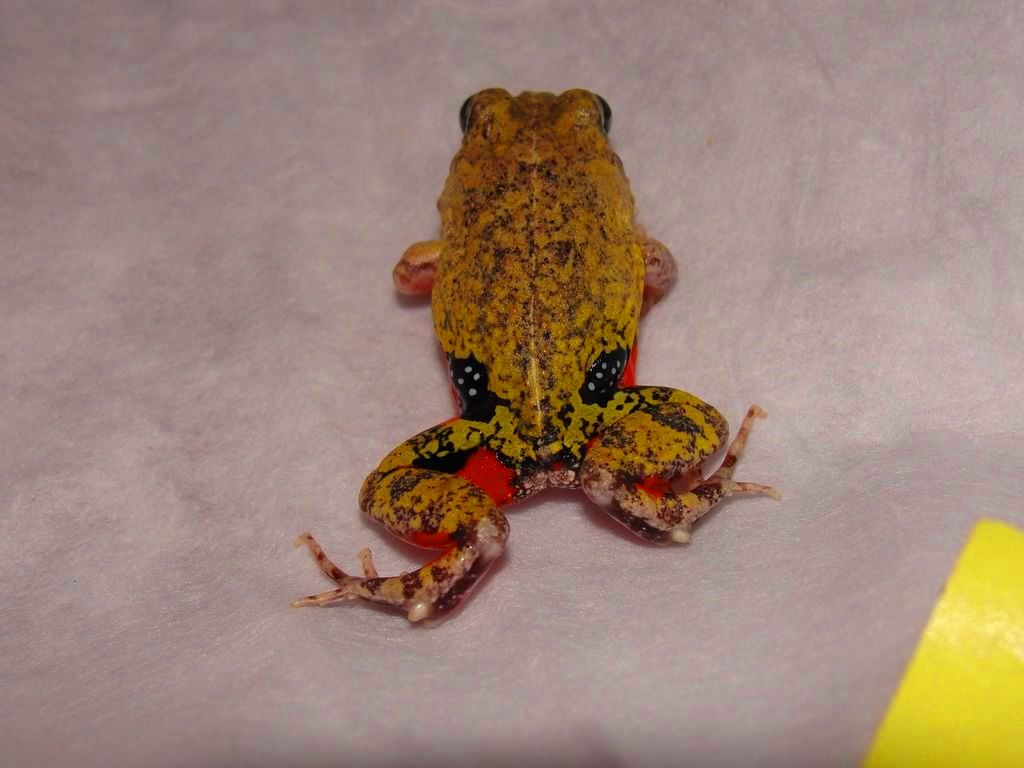
When threatened, Dori lowers its head and raises its rear end in this posture. The poison glands of it rise back towards the predator. The predator may also mistake the frog’s raised rear end for the head of a larger animal. These poison glands are why it is known elsewhere as the “four-eyed frog.” Dori’s do not have 4 eyes, but some have two poison glands on them that merely look like eyes. This confuses most animals, and so they usually end up leaving. If this doesn’t work, Dori straightens out its back legs to reveal the vibrant orange coloration in an attempt to startle the predator. And if the hungry creature decides to take a bite out of the frog, it ends up with a mouthful of poison.
The throat of males is greenish-grey (white in females). The dorsal surface is green or light brown, with yellow undertones. The dorsum often has large dark brown blotches. The upper surfaces of the thighs have some irregular yellow spots. The skin of the dorsum is smooth.
The ventral surface is white. The armpit, groin, and inner and rear surfaces of the thighs are bright orange. The backs of the thighs also have some black or gray spots.
A distinctive characteristic of Dori are its prominent glands, bluish, purple or black, present on either side of the body, just above the groin.
The Dori sings it’s mating song all night in celebration of the abundant approaching harvest on our happy island!
If you are interested in learning the true identity of Aruba, booking a visit to Etnia Nativa—the only “living museum” in the Caribbean—would be a fantastic choice. Since 1994, Etnia Nativa, which means “native ethnicity”, has been a trend-setter, and co-founder of projects such as Arikok National Park, the Archaeological Museum, and the Artisan Foundation, among others. Every week, Aruba Today shares its valuable knowledge. Don’t miss the opportunity to feel the island’s spirit through learning real stories that are not just remembered; they resonate, they’re felt, and they stir souls. WhatsApp +297 592 2702 etnianativa03@gmail.com


